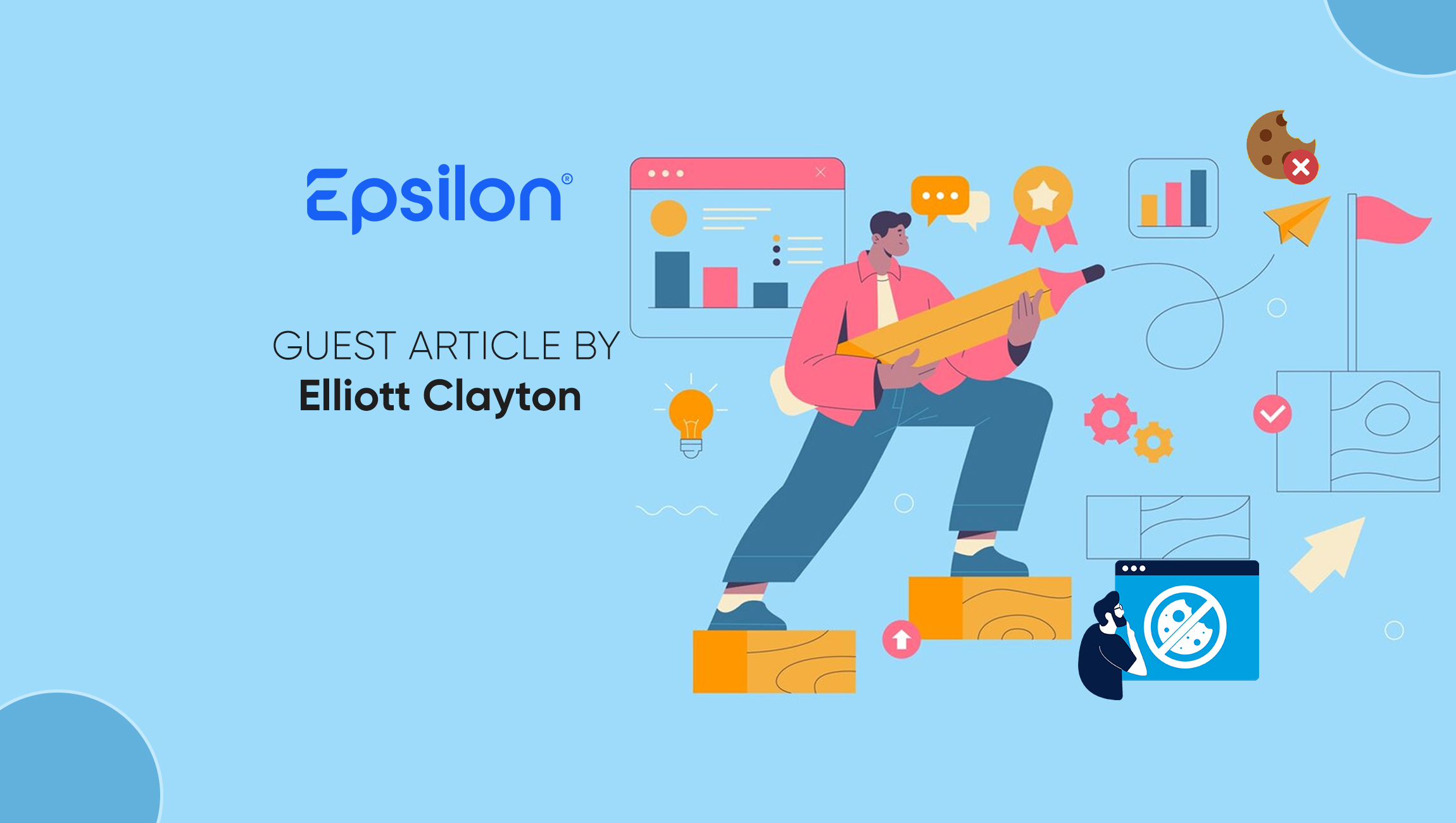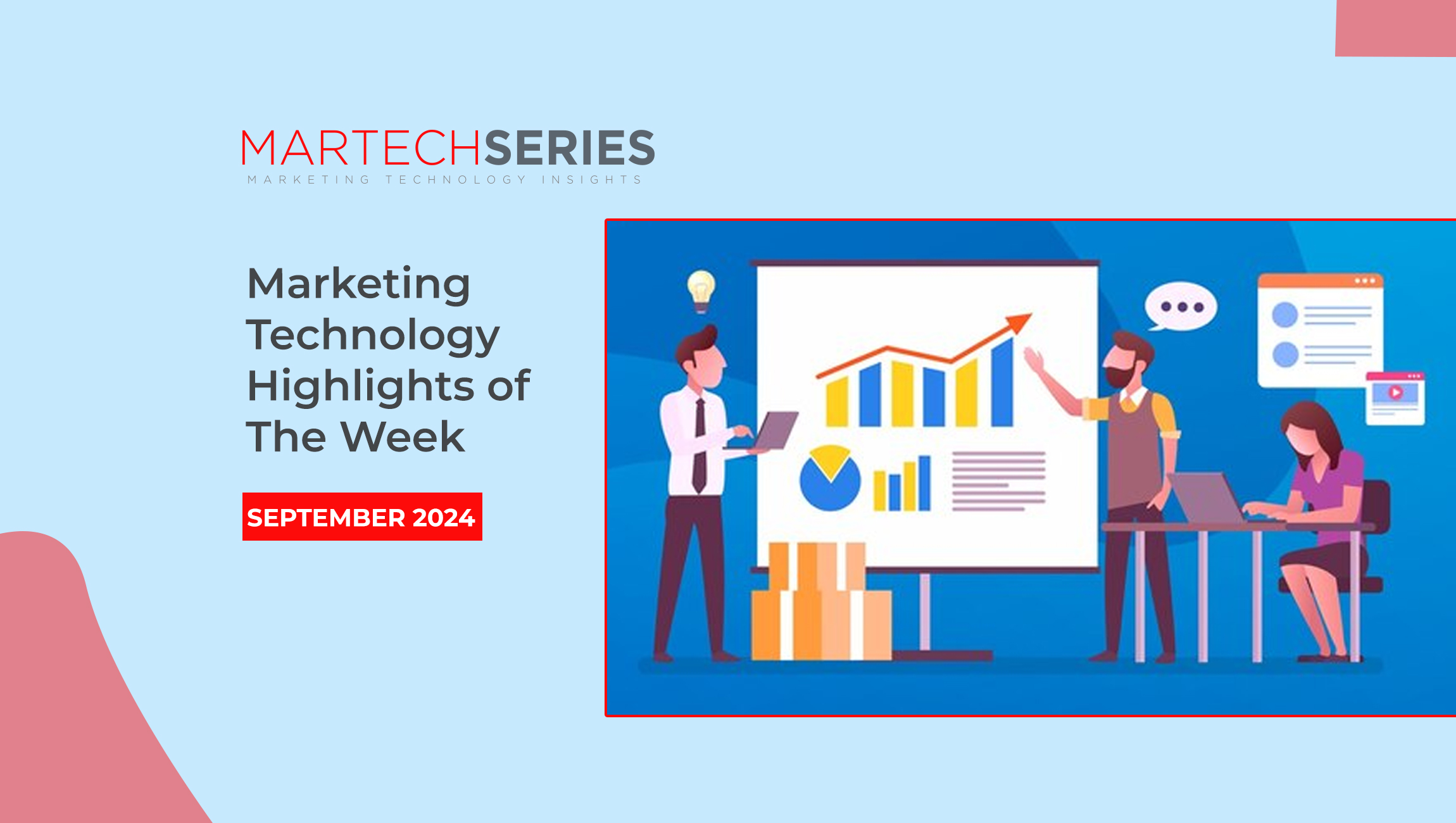Google has spoken. Cookies are here to stay.
Now marketers can rest easy knowing they will be able to continue using third-party data to personalize ads and prove marketing effectiveness. Or can they? If the fate of third-party cookies is left in the hands of consumers, will they eventually die out anyway? Probably.
That’s what marketers are quickly realizing. They saw Safari and Firefox deprecate their cookies back in 2017 and 2019 – in the name of consumer privacy – but it’s not come without consequences. In Epsilon’s recent report – Preparing for a world without third-party cookies – 69% of marketing decision-makers noted a decrease in their ability to reach consumers on their Apple devices since the deprecation of the IDFA in 2017.
It’s only inevitable marketers who continue to rely on third-party cookies will lose sight of more and more consumers and their ability to effectively adapt their campaigns midflight. That’s if they ever truly could (in truth, third-party data gives little insight compared to first-party data). Yet, despite Google’s recent U-turn, marketers have known about the potential depreciation of cookies in Chrome for four years and are still unprepared for this eventual demise.
Marketing Technology News: MarTech Interview with Krish Mantripragada, Chief Product Officer at Seismic
But there is a silver lining. What Google has done is buy marketers more time to prepare. Now, they can double down to get their own data in order and pursue identity strategies to help augment their existing first-party data. Progress is well and truly underway. Epsilon’s report reveals that 61% of marketers are shifting their efforts to other channels and partners to reduce their dependence on third-party cookies.
Let’s dig deeper into the most common strategies and their potential pitfalls.
Building a customer data platform (CDP)
Most brands store their data across multiple locations, making it difficult to drive more effective marketing through a single customer view. CDPs are appealing because they can help marketers align, enrich and analyze their first-party data.
A word of caution, however. Few CDPs are designed for enterprise marketers who need to manage and access data at scale. Many CDPs are not built with a strong foundation of identity resolution, data management services or rich intelligence – all of which are critical features.
Getting a clean room
Like CDPs, the core capabilities of a solid data clean room matter immensely – but the wrong clean room can feel clunky, complicated and redundant.
A clean room provider with deprecation-resistant identity resolution at the core of their platform can help marketers better understand their customers and ultimately target them more effectively. That way, regardless of how much first-party data a brand may have, it’s still possible to identify its best customers, build custom audiences and effectively activate those segments.
Building a private ID graph
More than half of marketers want to build out a private ID graph. Despite these best intentions, very few companies do it right. For private ID graphs to be worth their salt, they need identifiers that can reach consumers offline, within a brand’s owned ecosystem and on the open web. After all, US consumers spend 76% of their time on the open web, so marketers risk missing a huge opportunity to reach consumers as third-party cookies fade away.
Spending more in walled gardens
Many marketers are moving their spending into walled gardens like Google (70%), Facebook (60%), Amazon (53%) and TikTok (47%) but investing more ad dollars in them is a poor choice.
Ad spending is already over-concentrated in walled gardens. Around 70% of US programmatic display ad spending in 2023 was in walled gardens. That’s a huge percentage for only 24% of consumers’ time. There’s also a lack of true performance transparency. Tying person-level data to a brand’s CRM database – essential for independent campaign audits – is nearly impossible.
Boosting contextual targeting
Contextual advertising is appealing as it’s an intelligent proxy for a consumer’s interest when there isn’t a better signal. It’s what digital advertising was based on before third-party cookies rose to prominence. Yet most consumers are not in-market when reading or viewing a given piece of content. Contextual advertising based purely on content, domain or keyword is wasteful compared to person-level, optimized media. Marketers must look for ones that consider first-party signals and adopt a strategy informed by their most valuable customers.
Moving to connected TV (CTV) advertising
Like contextual, CTV advertising doesn’t rely on third-party cookies which makes it an attractive strategy for marketers. Most CTV inventory is authenticated by the platforms on which they run, so it’s untouched by changes in Chrome, while also increasingly grabbing consumers’ time spent with media. CTV is largely at the household level though, not the individual level, creating more inefficiency and waste than identity-driven programmatic display. This makes the tactic a great upper-funnel complement, but not a full strategy unless the advertiser has a partner able to integrate CTV data with other digital touchpoints.
Investing in paid search
Paid search allows marketers to capitalize on a consumer’s obvious show of intent. An individual is indicating they are interested in either an exact product or a related topic – and no cookies are needed to talk to them. That said, paid search is highly reactive, as it requires waiting for a consumer to search for a brand or service. There’s little ability to drive demand or introduce an entirely new concept the way marketers can with other forms of ad media.
All approaches have some merit but are not without their downsides. So, what should marketers do? Put simply, first-party data provides the only path forward – specifically, the first-party data of brands and website publishers due to their direct relationships with consumers.
Because data from third-party cookies will (probably) one day be non-existent, marketers need to increase their first-party customer interactions and the data they collect from them. They must ensure that data is fully usable and complete by auditing, cleansing and de-duping.
With a strategy that maximizes this data, marketers can continue to deliver and measure personalized ads online – no third-party cookies necessary.
Marketing Technology News: Stick or Twist? How the Martech Industry Should Respond to Google’s Cookie U-Turn











